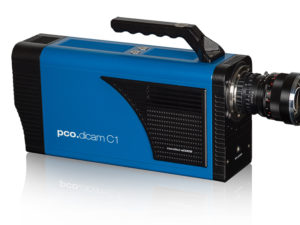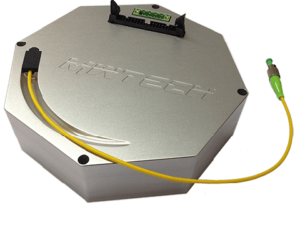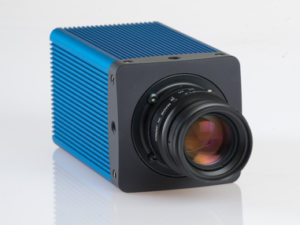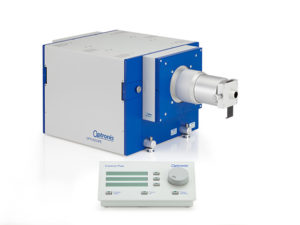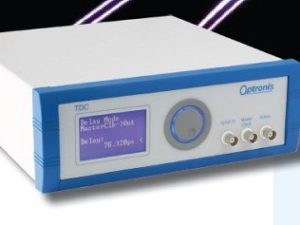Description
Four high-resolution image intensifiers in a fully integrated 4-channel sCMOS camera: The pco.dicam C4 equally distributes the incident light from a single optical input to multiple modules. Each is capable of detecting very few photons with nanosecond time resolution.
Let PCO’s decades of research and development in intensified and sCMOS camera technology benefit your application!
The pco.dicam C4 is the first ultra-speed camera system to make full use of the unique intensified 16 bit sCMOS capabilities. Its high-end tandem lens systems secure an efficient and lossless capture of the 25 mm image intensifiers output completely free of artefacts.
Camera Link HS guarantees you uncompressed and robust data transfer up to 3.4 GByte/s. The latest standard of high performance data interfaces enables the bridging of long distances via fiber optic cable. Forward Error Correction algorithms assure a maximum of data integrity.
Key Features:
- 4-channel intensified sCMOS camera
- 16 bit dynamic range
- double shutter mode with 500 ns interframing time
- optical coupling via ultra-speed tandem lens
- exposure times down to 4 ns
- enhanced extinction ratio gating
- 25/18 mm image intensifier
- up to 3.4 GByte/s with 4 x 10 G fibre optic data interface (Camera Link HS)
Technical Specifications:
Each detector unit of this unique 4 channel design is equipped with a sCMOS image sensor.
| Unit | pco.dicam C4 | pco.dicam C4 LT | pco.dicam C4 UHS | |
|---|---|---|---|---|
| Resolution (hor x vert) | pixel | 2048 x 2048 | 1504 x 1504 | 1504 x 1504 |
| Pixel size (hor x vert) | µm | 6.5 µm x 6.5 µm | 6.5 µm x 6.5 µm | 6.5 µm x 6.5 µm |
| Frame rate at max resolution | fps | 106 | 120 | 143 |
| Fibre Optic data interface | GByte/s | 3.4 | 4 x 10G | 2.6 |
| Spectral range | nm | 300 to 1000 | 300 to 1000 | 300 to 1000 |
| Image intensifier diameter | mm | 25 (18 on request) | 18 | 18 |
| Exposure time | s | Down to 4ns | Down to 51ns | Down to 2.5ns |




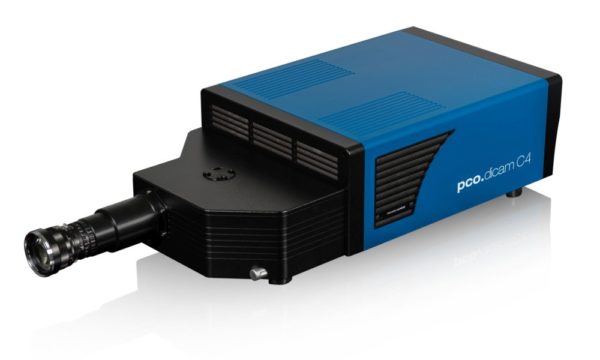
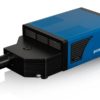
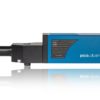

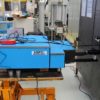
 Most researches on the mechanisms of impact welding in general base their results on the investigation of the joint area after the process, primarily by destructive testing. A detailed analysis of the joining process itself, especially concerning electromagnetic pulse welding, has not been performed yet and thus leads to a lack of understanding. As a consequence of this, the design of the joint area and the process parameters are almost exclusively found empirically.
Most researches on the mechanisms of impact welding in general base their results on the investigation of the joint area after the process, primarily by destructive testing. A detailed analysis of the joining process itself, especially concerning electromagnetic pulse welding, has not been performed yet and thus leads to a lack of understanding. As a consequence of this, the design of the joint area and the process parameters are almost exclusively found empirically.